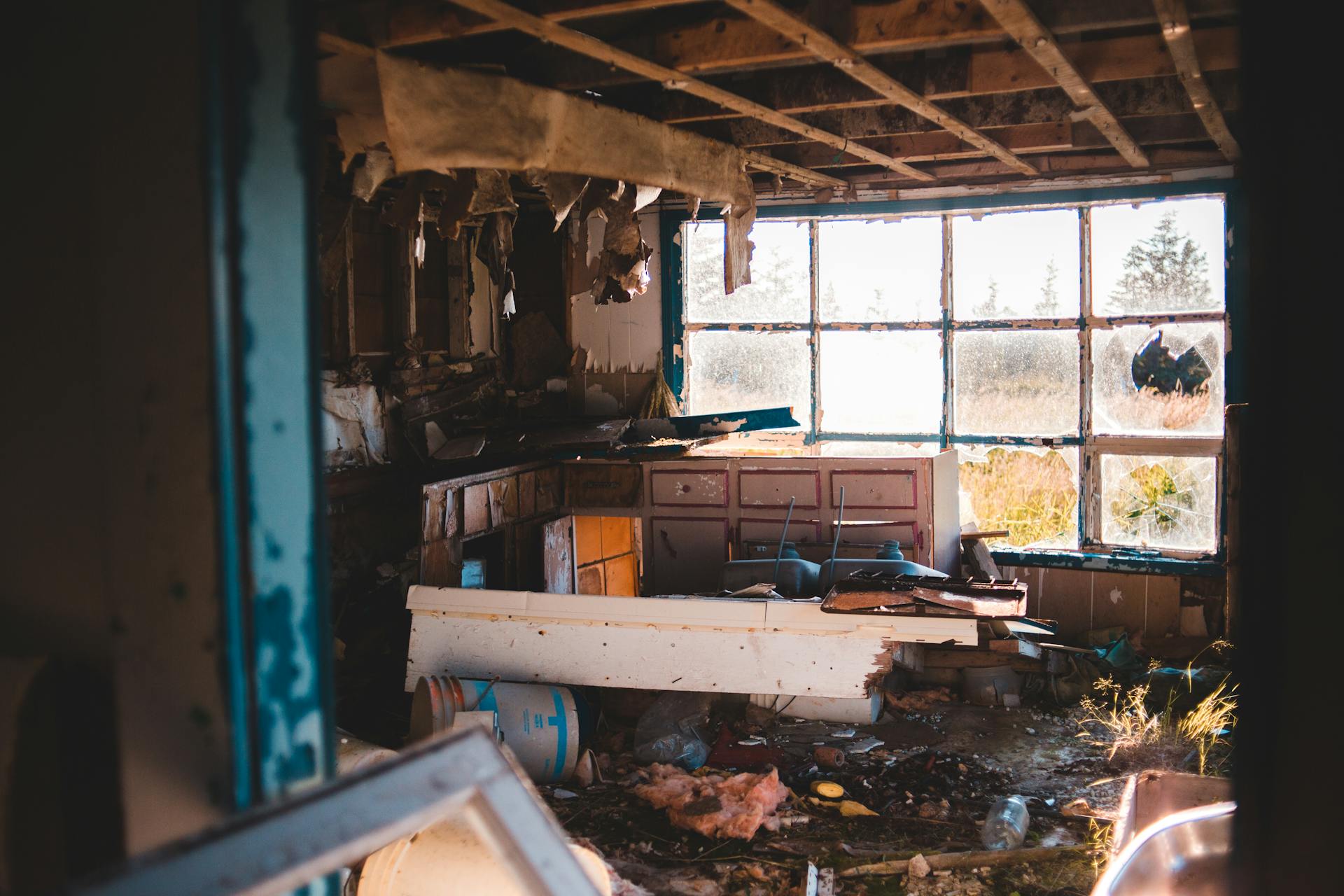

Question: What is a Damage Deposit in Ontario?
Answer: In Ontario, landlords cannot collect damage deposits, only rent deposits equivalent to one month’s rent, applied to the last rental period.
What is a Damage Deposit in Ontario? The Dynamics of Damage Deposits in Rentals
Navigating the complexities of damage deposits in rental agreements is a crucial skill for both landlords and tenants. In this blog, we’ll delve into what damage deposits entail, their legal implications, and how to handle them effectively.
Demystifying Damage Deposits
The Essence of a Damage Deposit
A damage deposit acts as a financial safeguard for landlords. It’s a sum tenants pay upfront, aimed at covering potential property damages during the tenancy. This deposit ensures that landlords have a recourse should there be any damage to their property.
Functionality of Damage Deposits
Essentially, the landlord holds this deposit throughout the tenancy. The expectation is that it will be returned to the tenant at the end of the lease, assuming the property remains in good condition, barring normal wear and tear.
Follow this link for more information about Orangeville real estate
Related Article: What do I do if the Landlord Does Not Return the Deposit?
Related Article: What Credit Score is Needed to Rent an Apartment in Ontario?
Legalities and Guidelines
Navigating Regulations
Laws in regions similar to Ontario often stipulate specific rules for handling damage deposits. These include caps on the amount and stipulations for returning the deposit. Both parties must adhere to these regulations to ensure a fair and legal process.
Balancing Rights and Duties
Understanding legal rights is crucial. Tenants should expect the return of their deposit in the absence of significant damage, while landlords must justify any deductions legally and fairly.
Setting the Deposit Amount
Assessing a Fair Sum
Typically, the damage deposit is a portion of the monthly rent. Determining this amount involves considering the property’s value, the rent, and local practices, ensuring the sum is reasonable and justifiable.
Key Factors in Determination
Landlords should weigh various factors, like potential risk and property standards, to set a damage deposit that’s fair and reflective of the property’s condition.
Managing Deposit-Related Disagreements
Identifying Dispute Triggers
Disputes often stem from differing views on property damage or the validity of deductions. Recognizing these triggers can preempt conflicts.
Strategies for Resolution
Clear communication is vital in dispute resolution. If disagreements persist, legal mediation or small claims court might be necessary avenues for resolution.
Landlord Best Practices
Emphasizing Documentation
Landlords should meticulously document the property’s state at tenancy start and end. Transparency about the usage and return of the deposit also fosters trust.
Ethical Utilization
It’s imperative for landlords to use the deposit solely for its intended purpose. Normal wear and tear should not be grounds for withholding the deposit.
Tenant Tips
Safeguarding Your Deposit
Tenants can protect their deposit by maintaining the property and documenting its condition upon moving in and out.
Knowing and Exercising Rights
Awareness of rights regarding damage deposits is essential for tenants. Familiarity with local laws can be instrumental in ensuring a fair return of the deposit.
For more information please visit jenjewell.ca
Conclusion
Understanding damage deposits is key to a harmonious landlord-tenant relationship. Both parties should approach these deposits with an understanding of legal obligations, a sense of fairness, and clear communication. By doing so, they can ensure that the rental process is smooth, transparent, and trouble-free.


